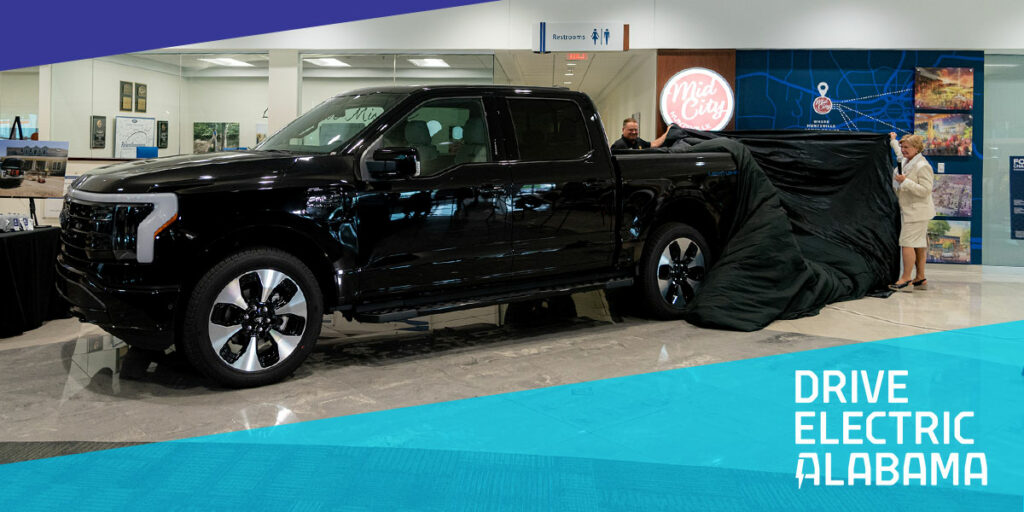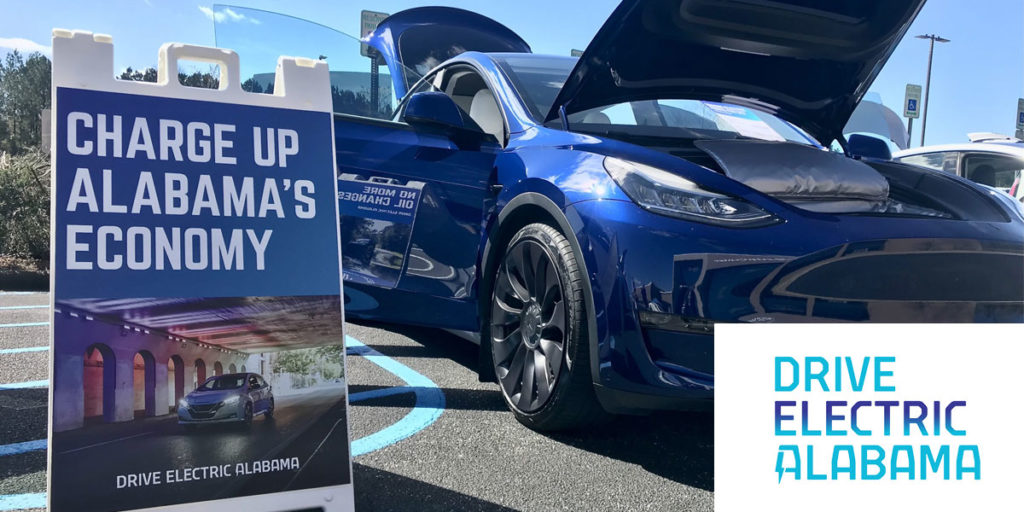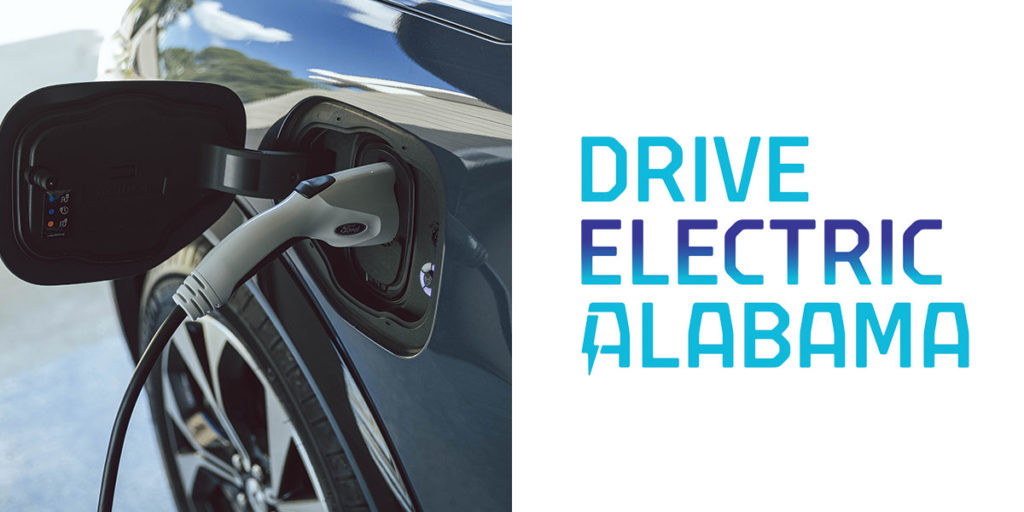Automobile manufacturers are investing billions in electric vehicles, with pick-up trucks from Ford and Chevy soon becoming available and luxury SUVs expected to roll off the assembly line at the Mercedes plant in Tuscaloosa later this year.
A recent study by J.D. Power found 27% of likely shoppers say they would consider an EV in the next four years, a positive sign as manufacturers put a wider variety of EVs on American roads. That comes on the heels of EV sales soaring 72% during the fourth quarter of 2021.
As gas prices skyrocket, more consumers are taking a closer look at EVs.
A majority of Alabamians, meanwhile, have never driven an EV, which has led to a number of misconceptions about them.
Myth No. 1: Electric vehicles lack enough range to handle daily demands
A majority of Americans – more than 80% – travel less than 100 miles each day.
Most EV models travel at least twice that much on a full charge, and automakers are constantly improving technology to allow EVs to go farther than ever on a single charge.
For instance, a full-size truck made by Rivian boasts a range of more than 300 miles, according to Car and Driver, and the affordable Chevy Bolt has a range of about 250 miles. California-based Lucid Motors unveiled a model that can go more than 500 miles on a single charge.
That takes us to the next misconception …
Myth No. 2: There’s nowhere to charge
This is known as range anxiety – the notion that an EV will run out of power before reaching your destination or a charging station.
For starters, more than three-quarters of all charging is done at home. And since most EVs have more than enough charge for most Americans’ daily routine, that works.
In addition, there are currently 45,000-plus public charging stations available nationally, according to the Environmental Protection Agency, and the number of DC Fast charging stations is growing. A fast charging station was unveiled in January 2022 in downtown Fort Payne by the Fort Payne Improvement Association – the first of 18 EV charging infrastructure projects funded last year by the Alabama Department of Economic and Community Affairs.
Perhaps more importantly, ADECA also released its “Alabama Electric Vehicle Infrastructure Plan” earlier this year, and it features a comprehensive plan for how and where to add EV infrastructure throughout the state.
With more charging infrastructure in the works, it leads to our final misconception …
Myth No. 3: EVs are too expensive
While the sticker price of an electric vehicle remains more than a gas-powered one, don’t forget to calculate how much money you’ll spend over the life of the vehicle you choose. That’s when the big savings arrive.
With an EV, you can save up to an average of $1,000 each year on fueling and thousands more on maintenance costs over time. Plus, forget about gas stations.
In addition, a federal tax credit of up to $7,500 is available on some models, which considerably mitigates the higher sticker price.
The bottom line is charging overnight at home gets you enough battery life for your daily commute and around-town errands, with plenty of juice to spare at the end of the day. Plus, more public charging stations are being added all the time as the state’s EV infrastructure plan takes effect.
That’s why Electric Gets You There.
About Drive Electric Alabama
Drive Electric Alabama is an initiative of the Alabama Department of Economic and Community Affairs (ADECA). This effort exists with a mission to raise awareness and advocate for the eventual adoption, of electric vehicles in Alabama by engaging and educating Alabama residents about the benefits of electric vehicles in their everyday lives, their futures, and the energy and economic impact for our state. Learn more at driveelectricalabama.com.










